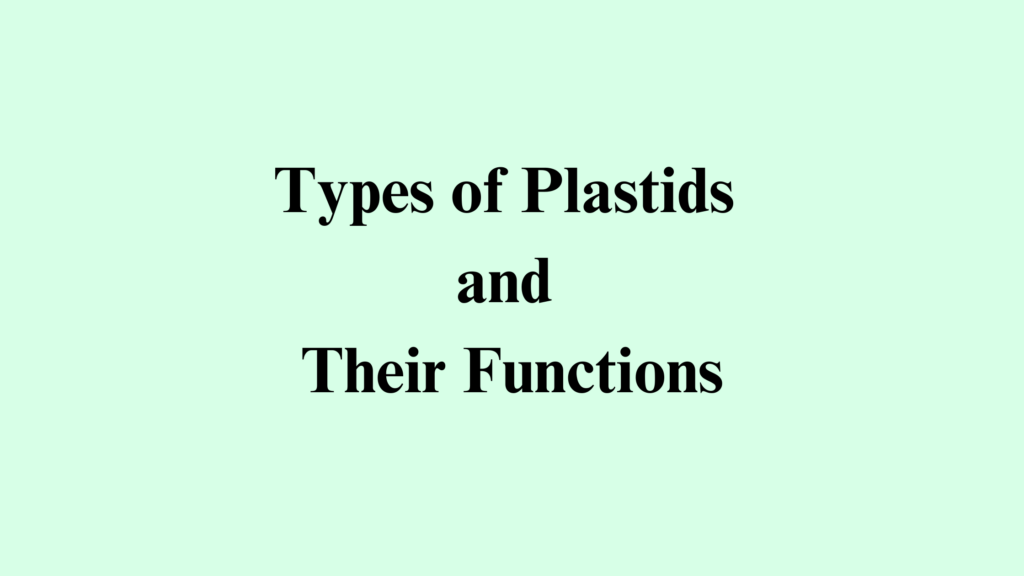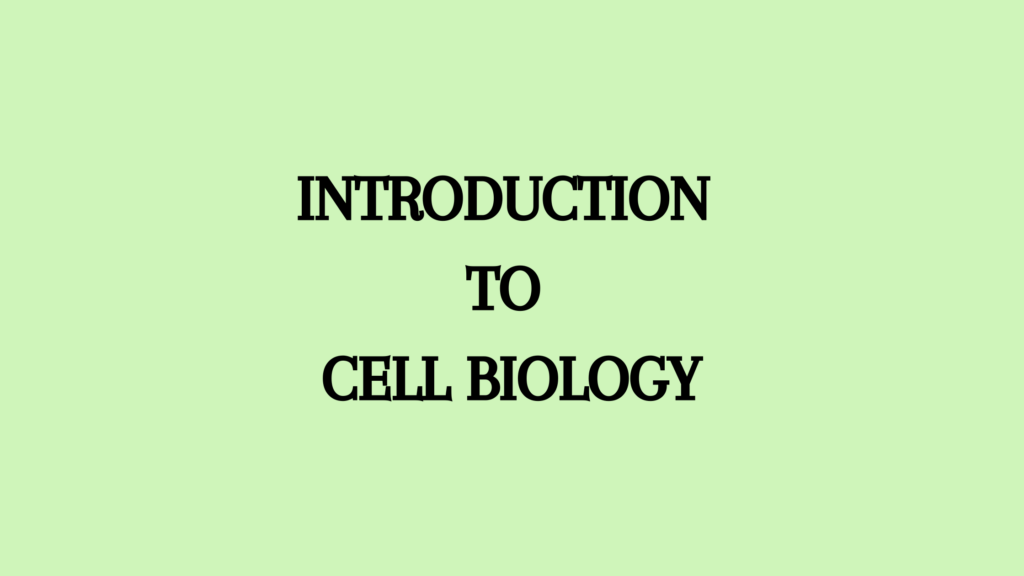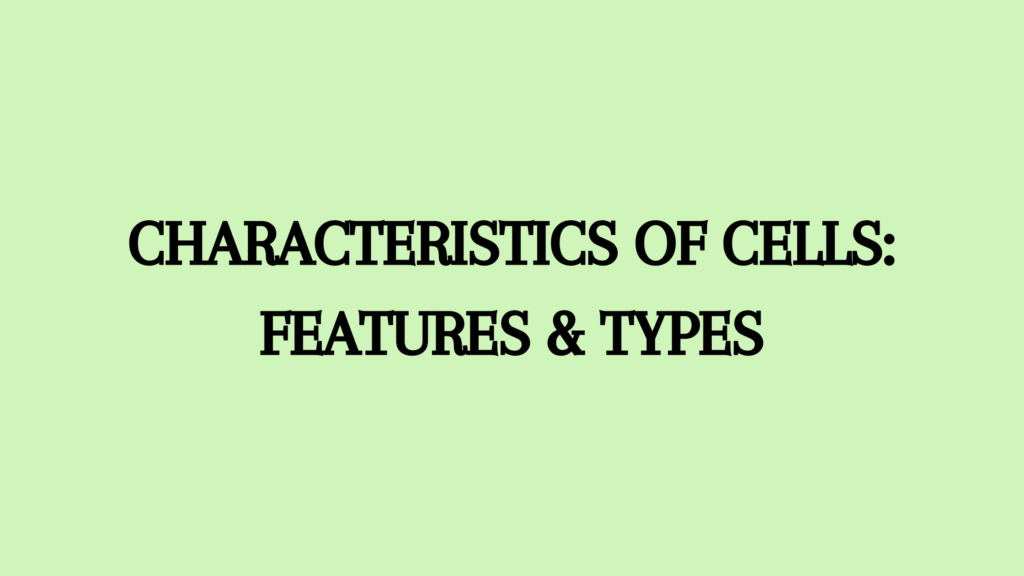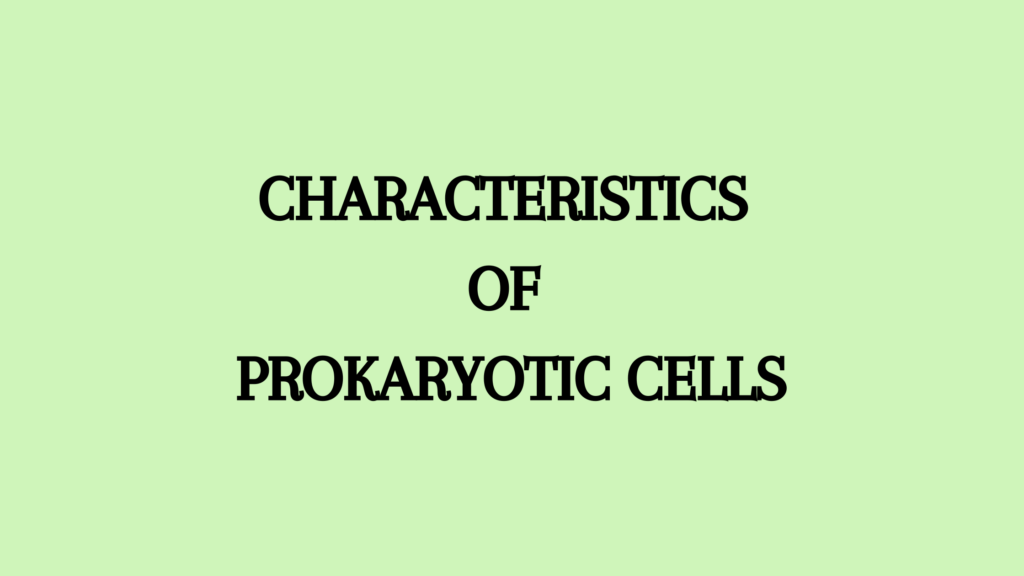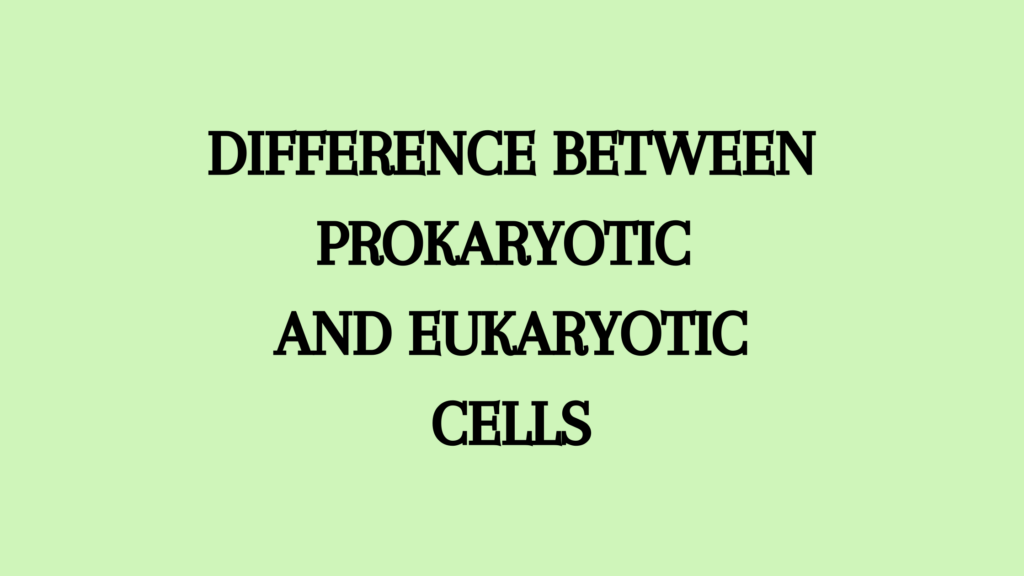The plastids are small cytoplasmic organelles found freely in plant cells and in certain protists. They are spherical or disc-shaped, elongated, lobed, etc. They are bound by a double membrane and contain spherical lipid droplets called plastoglobulin. Detailed here are the different types of plastids and their functions.
E. Haecjen introduced the term plastid in 1866. They contain an internal network of discrete vesicles. Every plastid contains a small genome, a copy of the nuclear DNA. They are self-replicating, protein-synthesising, food-synthesising and storage organelles.
Types of Plastids and Their Functions
Schimper classified plastids into different types based on their pigment, structure, and functions.
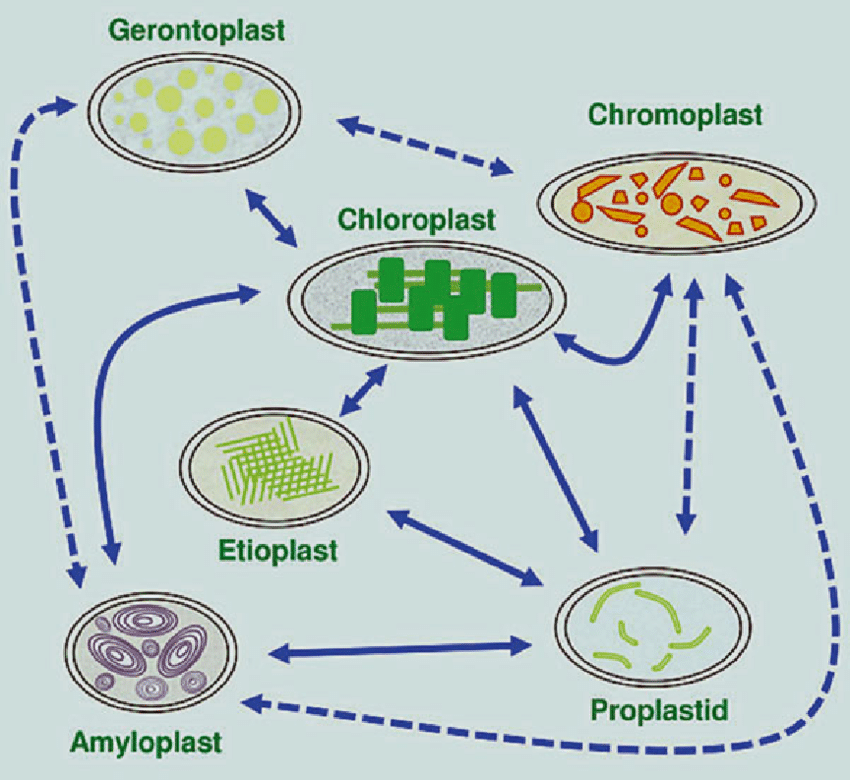
Leucoplasts
Leucoplasts are colourless plastids usually seen in embryonic cells and germ cells. They are also seen in meristematic cells as well as in cells that are not exposed to sunlight.
- Leucoplasts in cotyledons and stem primordium will eventually be filled with chlorophyll to become chloroplast.
- Leucoplasts in fully differentiated cells like the epidermis or internal tissues of plants are true leucoplasts as they do not become photosynthetic.
- They lack both ribosomes and thylakoids.
- They store lipids, carbohydrates and proteins.
Based on the storage material, leucoplasts are categorised into,
- Amyloplasts: Leucoplasts that store carbohydrates or starch. They are mainly seen in the cells of potatoes and tubers. Their outer membrane encloses the stroma that contains starch granules.
- Elioplasts are lipid-storage leucoplasts seen in monocots and dicots. Sterol-rich sterinochloroplast also comes under this type.
- Proteinoplasts are protein-storing plastids seen in seeds. They have very few thylakoids.
Chromoplast
Chromoplasts are coloured plastids seen in cells that are exposed to sunlight such as in the flowers, fruits, seeds, etc.
- They may be round, ellipsoidal or needle-shaped.
- The pigments or carotenoids in them may appear as droplets or crystalline.
- They help the flowers attract insects for pollination and birds for seed dispersal.
- Chromoplasts have a small amount of chlorophyll and are less active with photosynthesis.
- The red pigment in tomatoes is due to lycopene which is a carotenoid.
- In blue-green algae, different pigments such as chlorophyll a, carotenoids, phycoerythrin, phycocyanin, etc are seen.
- Phaecoplast contains fucoxanthin that absorbs light. These are seen in dinoflagellates, diatoms, and brown algae.
- Rhodoplast contains phycoerythrin that gives a red colour to red algae and helps absorb light.
Chloroplast
- The chloroplast is the most widely seen chromoplast.
- It contains chlorophyll and is seen in all green plants and green algae.
- Chlorophyll pigment can be chlorophyll a and chlorophyll b.
- Chloroplast contains DNA and RNA.
- It is photosynthetic in function.
- It is semi autonomous that can produce certain proteins and replicate itself.
Biogenesis of Plastids
All plastids commonly originate from protoplastids which are small and seen in meristematic cells. They are developed as per requirement.
- In the dark, protoplastids are transformed into etioplasts that are enlarged and have a semi-crystalline internal membrane.
- These membranes contain a yellow-colored chlorophyll precursor called protochlorophyll.
- When exposed to light, the protochlorophyll is converted into chlorophyll.
- It develops new membranes, pigments, components, and enzymes for photosynthesis and electron transport chains.
References
- Agarwal, P. V. |. V. (2004). Cell biology, Genetics, Molecular Biology, Evolution, and Ecology: Evolution and Ecology. S. Chand Publishing.
- Krishnamurthy, Kulithalai & Bahadur, Bir. (2015). Organization at the Cellular Level. Plant Biology and Biotechnology: Plant Diversity, Organization, Function and Improvement. 1. 35-71. 10.1007/978-81-322-2286-6_2.
Additional Reading
- Peroxisomes Structure and Function
- Glyoxysomes Structure and Function
- Structure and Function of Lysosomes
- Structure and Function of Golgi Apparatus
- Mitochondria: Structure and Function
